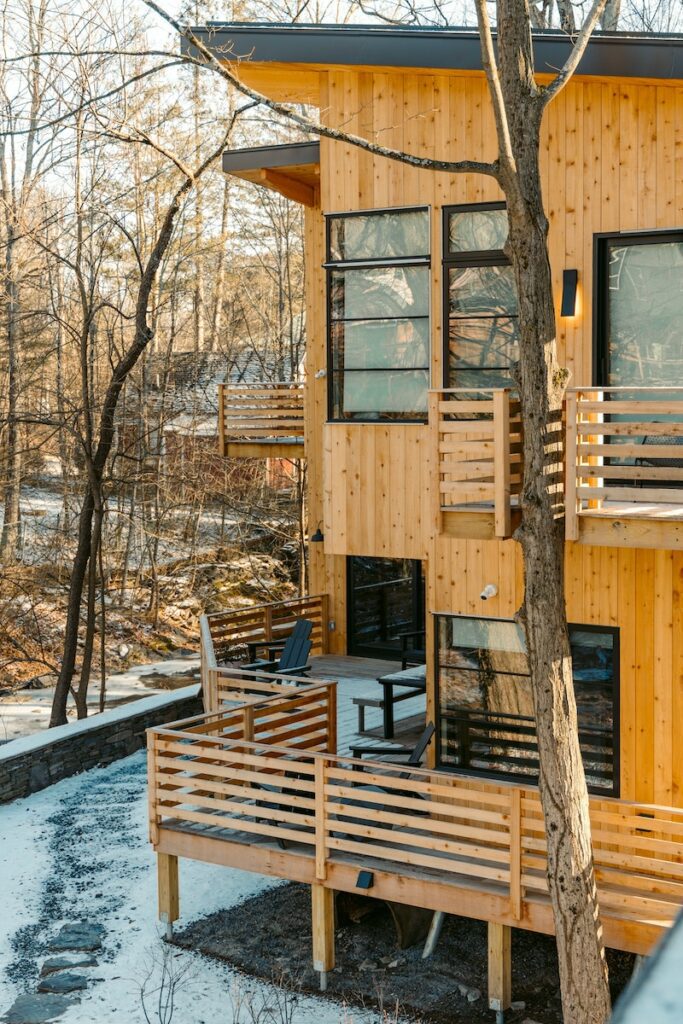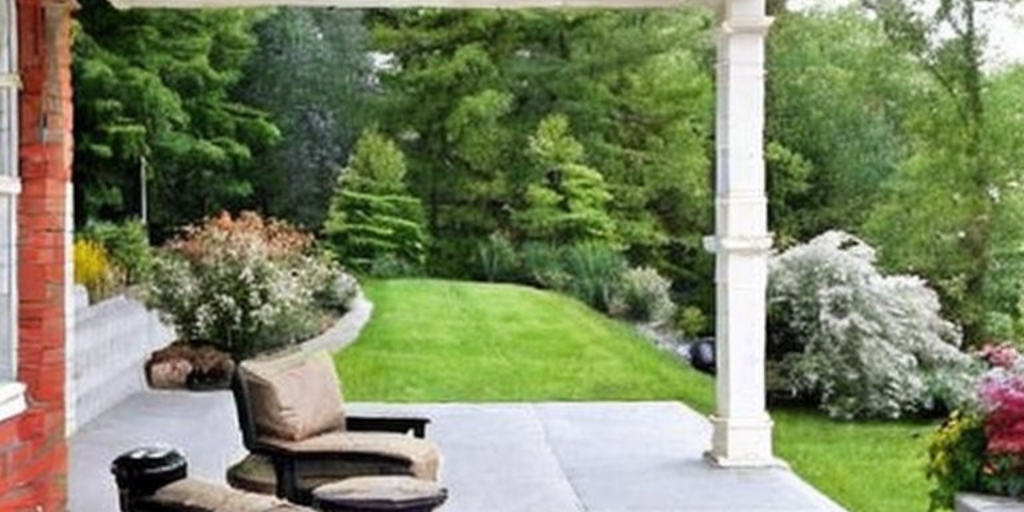If you are contemplating how to repair deck boards, you’re in the right place. Deck boards are susceptible to wear and tear over time, but with the right knowledge and tools, you can easily restore and extend the life of your deck.
In this comprehensive guide, we’ll walk you through the step-by-step process of repairing deck boards, from identifying the issues to implementing the necessary fixes. So, roll up your sleeves and let’s get started on bringing your deck back to its former glory!
Common deck board problems
Contents
Before diving into the repair process, it’s essential to identify the common problems you may encounter with deck boards. Here are some issues to look out for:
- Cracked or Split Boards: Over time, deck boards can develop cracks or splits, compromising their structural integrity.
- Warping or Cupping: Exposure to the elements can cause deck boards to warp or cup, leading to an uneven surface and potential tripping hazards.
- Rot or Decay: Moisture and fungal growth can cause deck boards to rot or decay, weakening the overall structure.
- Loose or Nails Popping Out: Due to natural expansion and contraction, deck boards may become loose or have nails popping out, posing safety risks.


Step-by-step guide on how to repair deck boards
Now that you’re familiar with the common problems, let’s delve into the step-by-step process of repairing deck boards:
Step 1: Assess the Damage
Before starting any repairs, thoroughly inspect your deck boards to identify the extent of the damage. Walk around the deck, paying close attention to each board’s condition. Take note of any cracks, splits, warping, rot, or loose boards that require attention.
Step 2: Gather the Necessary Tools and Materials
To effectively repair deck boards, make sure you have the following tools and materials on hand:
- Safety goggles
- Work gloves
- Pry bar
- Hammer
- Circular saw or jigsaw
- Replacement boards
- Deck screws or nails
- Drill
- Screwdriver
- Wood putty or epoxy
- Sandpaper
Step 3: Replace Damaged Boards
If you come across severely damaged deck boards, replacement may be necessary. Follow these steps to replace a damaged board:
- Remove the old board: Use a pry bar and hammer to carefully remove the damaged board, starting from one end and working your way to the other.
- Cut the replacement board: Measure the length of the removed board and cut the replacement board accordingly using a circular saw or jigsaw.
- Install the replacement board: Align the replacement board with the surrounding boards, ensuring a snug fit. Use deck screws or nails to secure the board in place, making sure to leave a small gap between the boards for expansion.
Step 4: Repair Cracks and Splits
For smaller cracks and splits in deck boards, follow these steps to repair them:
- Clean the damaged area: Remove any debris or loose wood particles from the crack or split using a brush or compressed air.
- Apply wood putty or epoxy: Fill the crack or split with wood putty or epoxy, using a putty knife or a small spatula. Smooth out the surface, ensuring the putty or epoxy is level with the board.
- Sand and finish: Once the putty or epoxy is dry, sand the repaired area until it’s smooth and even with the rest of the board. Apply a matching stain or paint to blend the repaired section with the rest of the deck.
Step 5: Address Warping or Cupping
To fix warped or cupped deck boards, try the following steps:
- Assess the extent of the warping or cupping: Determine if the issue is minor and can be corrected with simple fixes or if it requires more extensive measures.
- Apply weight and pressure: For minor warping or cupping, you can try placing heavy objects, such as bricks or rocks, on top of the affected area. This can help encourage the board to flatten out over time. Leave the weight in place for a few days and monitor the progress.
- Wet the boards: In some cases, wetting the warped or cupped boards can make them more pliable. Use a hose or spray bottle to dampen the surface of the boards, allowing them to absorb water. Be careful not to oversaturate the boards.
- Apply pressure and secure with screws: Once the boards are damp, use clamps or straps to apply pressure and hold them in the desired position. While the boards are under pressure, insert deck screws at strategic points to secure them in place. This method can help straighten out the boards over time.
- Sand and finish: After the boards have dried and been secured in their corrected position, sand the surface to remove any rough spots or unevenness. Finish the boards with a protective sealant or stain to maintain their durability and appearance.
Step 6: Preventative Measures
To minimize the need for frequent deck board repairs, consider implementing these preventative measures:
- Regular maintenance: Conduct routine inspections of your deck to identify any issues early on. Clean the deck regularly, remove debris, and address any signs of damage promptly.
- Apply sealant or stain: Regularly apply a protective sealant or stain to your deck boards. This can help prevent moisture absorption, minimize the risk of rot, and extend the lifespan of the boards.
- Use proper fasteners: Ensure that you use appropriate deck screws or nails when installing or repairing boards. Using corrosion-resistant fasteners will help prevent rust and maintain the structural integrity of the deck.
- Consider alternative materials: If you find that your deck boards require frequent repairs or are prone to issues, you may want to explore alternative decking materials that are more durable and resistant to rot and warping.


FAQs about how to repair deck boards
Q: How often should I inspect my deck boards for damage?
A: It’s recommended to inspect your deck boards at least once a year, preferably before the start of the outdoor season. Additionally, conduct regular visual checks after severe weather events.
Q: Can I repair deck boards without replacing them?
A: Yes, minor cracks, splits, and surface damage can often be repaired without replacing the entire board. Follow the appropriate steps mentioned earlier to address these issues.
Q: Should I hire a professional for deck board repairs?
A: Minor repairs can usually be done as a DIY project. However, if you’re unsure about the extent of the damage or lack the necessary skills or tools, it’s best to consult a professional for guidance or assistance.
Final thoughts on how to repair deck boards
You have read how to repair deck boards, now you have all you need to know, its time to get going. Knowing about deck repair is an essential aspect of maintaining a beautiful and functional deck. By following the step-by-step guide provided in this article, you can confidently tackle common issues such as cracks, splits, warping, and cupping.
Remember to prioritize safety, use the proper tools and materials, and consider preventative measures to minimize future damage. With a little effort and know-how, you can restore your deck boards and enjoy a sturdy and inviting outdoor space for years to come.






